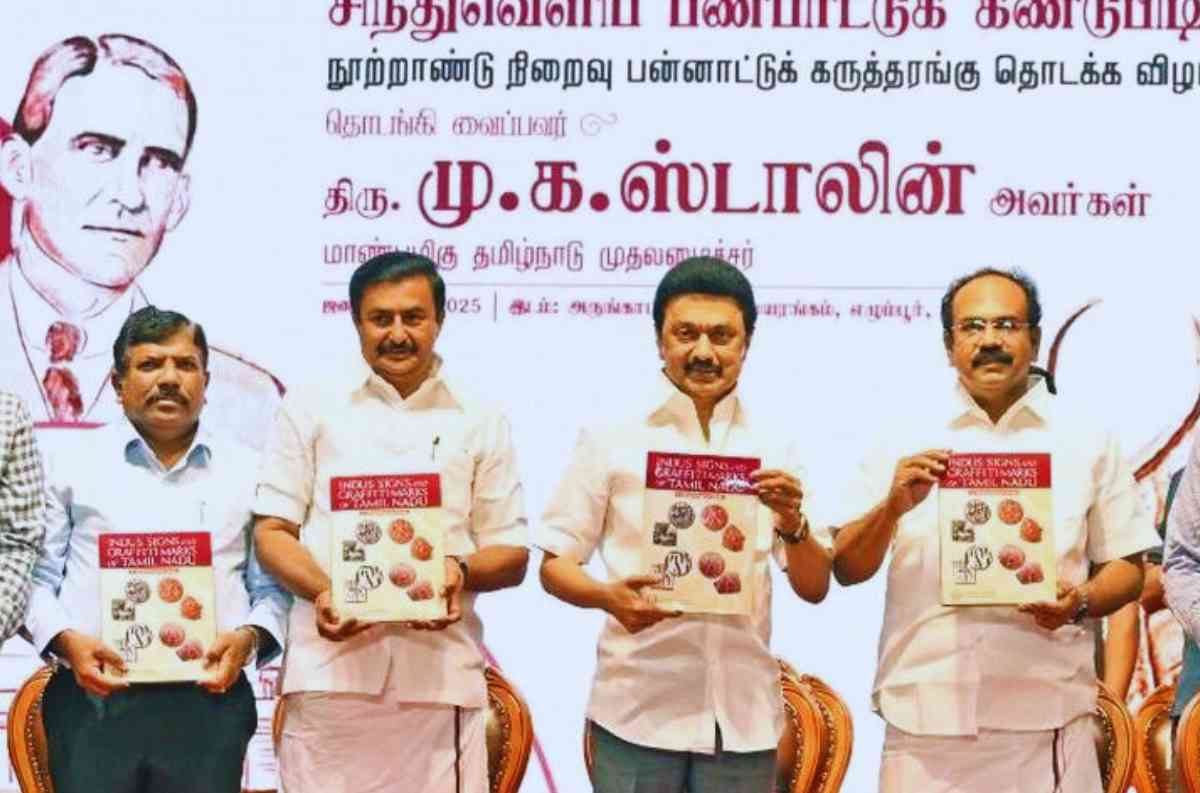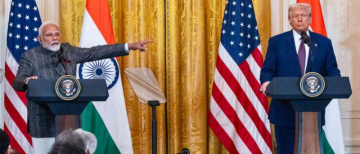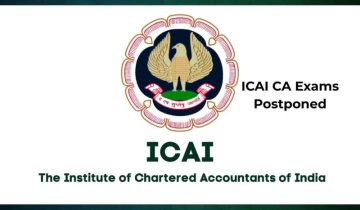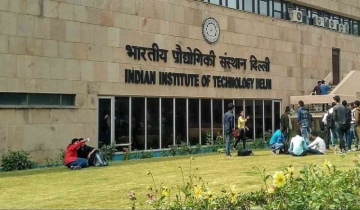To unravel the darkest mysteries of the Indus Valley Script, the government of Tamil Nadu has allocated 8 Crores to decode them. The script has puzzled the linguists and archaeologists for years. The script is one of the oldest writings with pictographic features including more than 400 symbols of unique humans, plants, animals, and shapes. On 7th January 2024, Tamil Nadu CM M.K. Stalin’s announcement connects the linguistic-cultural heritage of the Indus Valley Civilization to Tamil History and Literature
The Indus Valley Civilization: A Historical Glimpse
Decades ago around 2600–1900 BCE, The Indua Valley Civilization or the Harappan Civilization flourished in the northeastern part of South Asia. People of that civilization were very highly intellectual of the age in that period as we have found brilliance in their advanced urban planning, drainage systems, and excellent craftsmanship. The archaeologists have been working there for years now and almost every day, they come up with new past historical excavations. But their scripts remain undeciphered.
The Script and Why it matters?
The seals, pottery, and other artifacts were found with scripts on them with pictographic and symbolic intrications. Here lies the challenge: The symbols were short and in the Harappan language and there was no bilingual language to decipher them like the Rosetta Stone for Egyptian hieroglyphs. It is significant to decode them because it will help to know the language, governance, trade practices, and religious beliefs of the Indus people.
CM Announcement
The Tamil Nadu CM MK Stalin announced on 7th January that anyone who deciphers the Harappan language would be awarded 8 crores. Tamil Nadu Chief Minister M.K. Stalin has announced state-level support for research into the Indus script, recognizing its potential connection to the Dravidian linguistic and cultural heritage. Stalin’s initiative includes funding for Tamil scholars to collaborate with international experts and the establishment of a dedicated research center in Chennai. The Chief Minister emphasized that understanding the Indus script could shed light on the roots of the Tamil language and history.
“This is not just a scientific endeavor but a cultural renaissance,” said Stalin. “Deciphering the Indus script could affirm Tamil Nadu’s historical identity and its contributions to world civilization.”
This decision was made by the Ministry of Culture, in collaboration with leading research institutions. The project aims to employ cutting-edge technology, including artificial intelligence (AI) and machine learning, alongside traditional linguistic and archaeological methods.
Senior archaeologist and head of this initiative Dr. Meera Khanna says “Our goal is to identify patterns, and linguistic structures, and possibly link the script to modern or ancient languages.”
The Challenges
This is going to be a great challenge because of the brevity of the language. The inscriptions are only 4–5 symbols long and there are literally no contextual inferences to it. The Harappan language is a full-fledged language or a proto-writing system is still debate between scholars. Also, the scripts are inscribed on the excavated pieces but they are fragmented, eroded, or incomplete, making it difficult to decipher.
Global Reach When Decoded
The Indus Valley Civilization is a mystery to foreign archaeologists and researchers who find it difficult to decode. Many have tried but if anyone finds it possible to decode then it will be a center of attention to the entire world. A great historian specializing in ancient scripts,
Professor Alan Wright commented “The Indus script is one of the last major undeciphered scripts from antiquity. Cracking it would not only enrich our understanding of the Harappan Civilization but also provide comparative insights into other ancient cultures.”
Conclusion
With great initiative from the government of Tamil Nadu, scholars, linguists, and archaeologists are motivated to explore more about the Harappan language despite its challenges. This will find the roots of Dravidian culture, Tamil History and to the India’s oldest Indus Valley civilization.
Author's Bio
Ayesha Jumana A R is a dedicated content writer specializing in creative content, blogs, SEO-optimised articles, and product descriptions. She has earned recognition at the national level for critical writing, contributed to the Assist World Record for Spill Poetry, and received multiple state and district-level prizes for her poetry. Her work is featured in the anthology An Invisible Bond, available on Amazon.

























